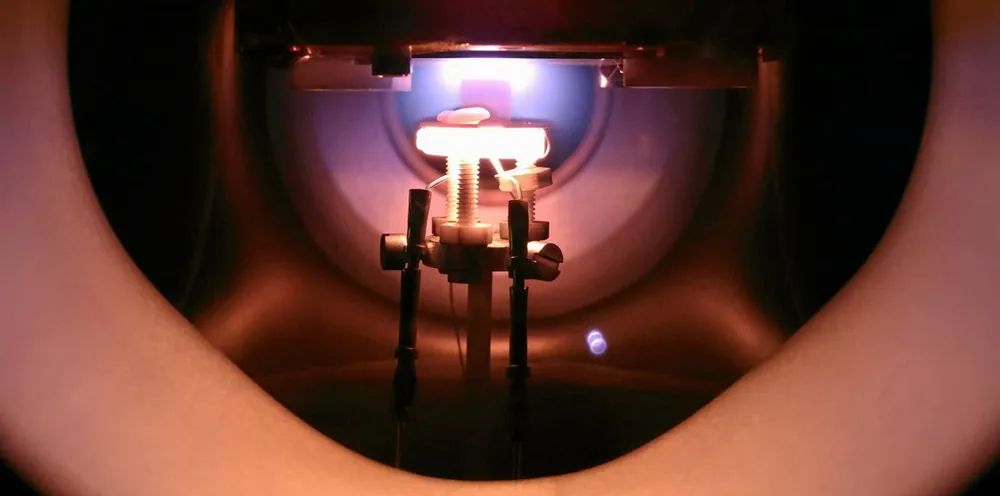Make 'turquoise' hydrogen at home to generate your own zero-carbon heat and power
Ambitious US start-up Modern Electron receives $30m of funding from Bill Gates and others to develop distributed H2 production and heat-to-power systems

Ambitious US start-up Modern Electron receives $30m of funding from Bill Gates and others to develop distributed H2 production and heat-to-power systems
